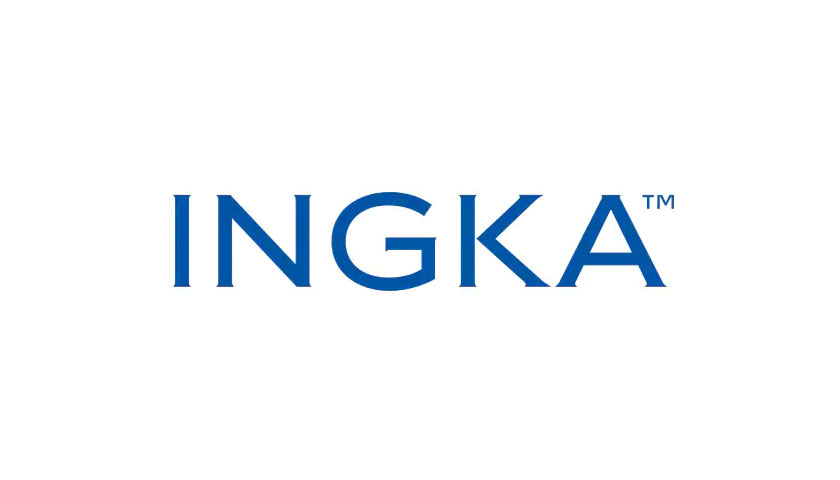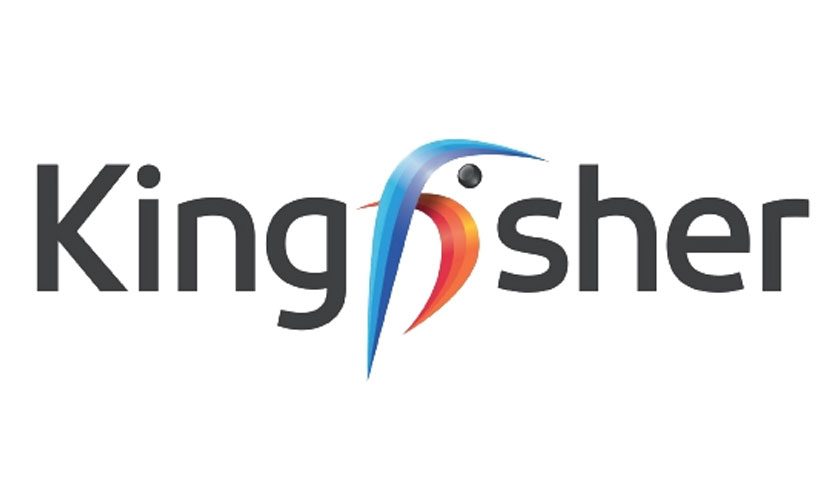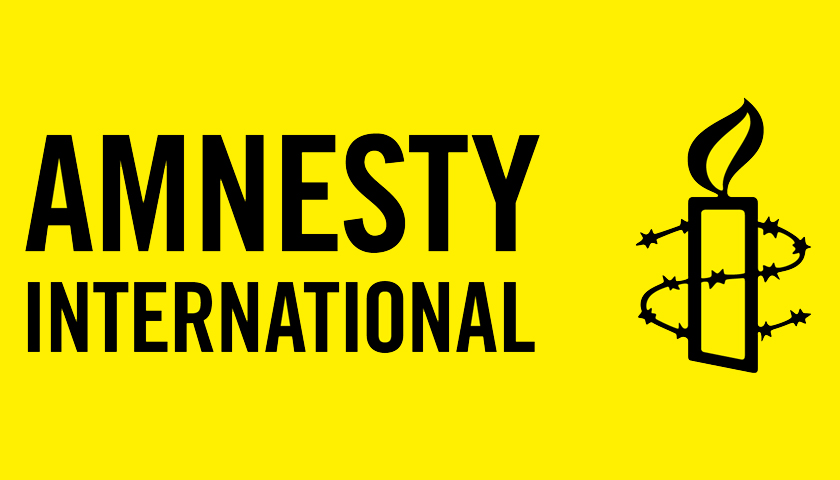A global network of more than 250 institutional investors, representing assets worth over $30 trillion1, has set out expectations of the actions the steel sector needs to take to safeguard its future in the face of climate change. The report published today suggests that steel companies must significantly scale up investment in technologies that will enable them to decarbonise operations in line with the goals of the Paris Agreement.
Produced by the Institutional Investors Group on Climate Change (IIGCC), the report – Investor Expectations of Steel Companies – is written by investors from Aegon Asset Management and Kempen Capital Management, on behalf of the four investor networks that make up the Global Investor Coalition on Climate Change (GIC).
As an energy intensive sector, global steel production accounts for 7% of global greenhouse gas emissions. Governments have committed to limiting global warming to well below 2°C with ratification of the Paris Agreement. In line with subsequent policy and market responses, steel companies will be exposed to significant risks if they fail to anticipate and keep pace with necessary reductions in greenhouse gas emissions.
If it is to ensure alignment with global climate commitments, the steel sector as a whole will need to reduce its overall emissions by at least 31%, and emissions intensity by 55% by 20502. A recent report by the Energy Transition Commission also demonstrates how decarbonisation of steel production is both attainable and comparatively low cost3.
Over 70% of the world’s steelmakers already face a price on their carbon emissions, while Schroders has suggested the steel sector could see profits fall by 80% if higher carbon prices emerge4. Record prices recently set by the EU Emissions Trading System highlight that knock-on implications for the steel sector will increasingly be felt. Carbon pricing is also only one of a range of factors, which also include technology and market changes, that compound the case for investment and innovation to ensure that the steel sector remains ‘fit for the future’.
Investors set out a framework of expectations and supplementary questions in the report, on how companies need to manage climate risks and accelerate action to decarbonise in line with the goals of the Paris Agreement. The three investor expectations are:
- Transition planning: Take action to reduce greenhouse gas emissions across the value chain, consistent with the Paris Agreement’s goal.
- Governance: Clearly define board and management governance processes to ensure adequate oversight of climate-related risk and the strategic implications of planning for a transition consistent with 2°C and efforts to pursue 1.5°C.
- Disclosure: Provide enhanced corporate disclosure in line with the recommendations of the Task Force on Climate-related Financial Disclosures (TCFD) to enable investors to test the robustness of the company’s business plans against a range of climate scenarios, including well below 2°C, and improve investment decision-making.
Developed in line with the goals of Climate Action 100+, the report will help inform constructive global investor engagement with steel companies on the initiative’s list of 161 focus companies5.
The expectations set out have been developed in line with recommendations made by the TCFD, led by Michael Bloomberg and supported by Mark Carney as Chair of the Financial Stability Board6.
Stephanie Pfeifer, CEO, Institutional Investors Group on Climate Change, explains: “There has been commendable progress in key areas, but the sector needs to dramatically reduce its greenhouse gas emissions by scaling up investment in relevant technologies. We still need to see significant innovation. It’s important we see investors and steel companies work together in building the robust, responsive and resilient business strategies required in the face of climate change.”
There are clear examples of necessary innovation and pilot projects underway across the sector and significant energy efficiency improvements have been made to date. Nonetheless, analysis shows no steel companies have set necessary long-term emission intensity targets through to 2030 and beyond.
Stephanie Maier, Climate Action 100+ Steering Committee
member and Director Responsible Investment, HSBC Global Asset Management
adds: “Steel companies need to step up their game and commit
to the innovation necessary to ensure they can deliver change across
their businesses. Company targets help ensure this happens and we need
to see more companies put them in place with investment to follow. While
steel is a crucial component of the global economy, emissions need to
come down. Investors wish to support steel companies in this transition
and today’s report helps to inform that dialogue.”
Lars Dijkstra, CIO, Kempen Capital Management, a Dutch asset management firm with $60bn of client funds under management:
“As a long-term shareholder, we firmly believe in a fiduciary
responsibility asset managers have towards their clients to help
companies in carbon-intensive sectors, which they invest in, to go
through the energy transition. Steel, one of the most carbon-intensive
sectors in the world, has been one of our focus sectors in engagement
with companies on the risks and opportunities of climate change.
“According to the Science Based Targets Initiative, which develops sectoral decarbonization pathways for companies in different sectors using the IEA 2°C Scenario as a reference, by 2050 the steel sector will need to reduce its gross emissions by 31 percent and emissions intensity by 55 percent by 2050. It is essential for investors to be able to understand the underlying transformation of the sector necessary to achieve these ambitious goals and encourage companies in the right direction.”
Harald Walkate, Head of Responsible Investment, Aegon, a global investment management firm with €370bn of client funds under management, adds: “We observe that many ESG issues cannot be solved at company level, but need to be addressed at industry level. For these types of issues, investors can act as ‘stewards of the commons’ – working together, not only with other investors, but with stakeholders industry-wide, an approach that was followed in developing this paper. We would like to see more of this type of engagement and have been proud to contribute to this work.”
While the report will be widely used by individual investors, its publication by the GIC does not entail that each investor member endorses or will implement it framework provided for engagement.



